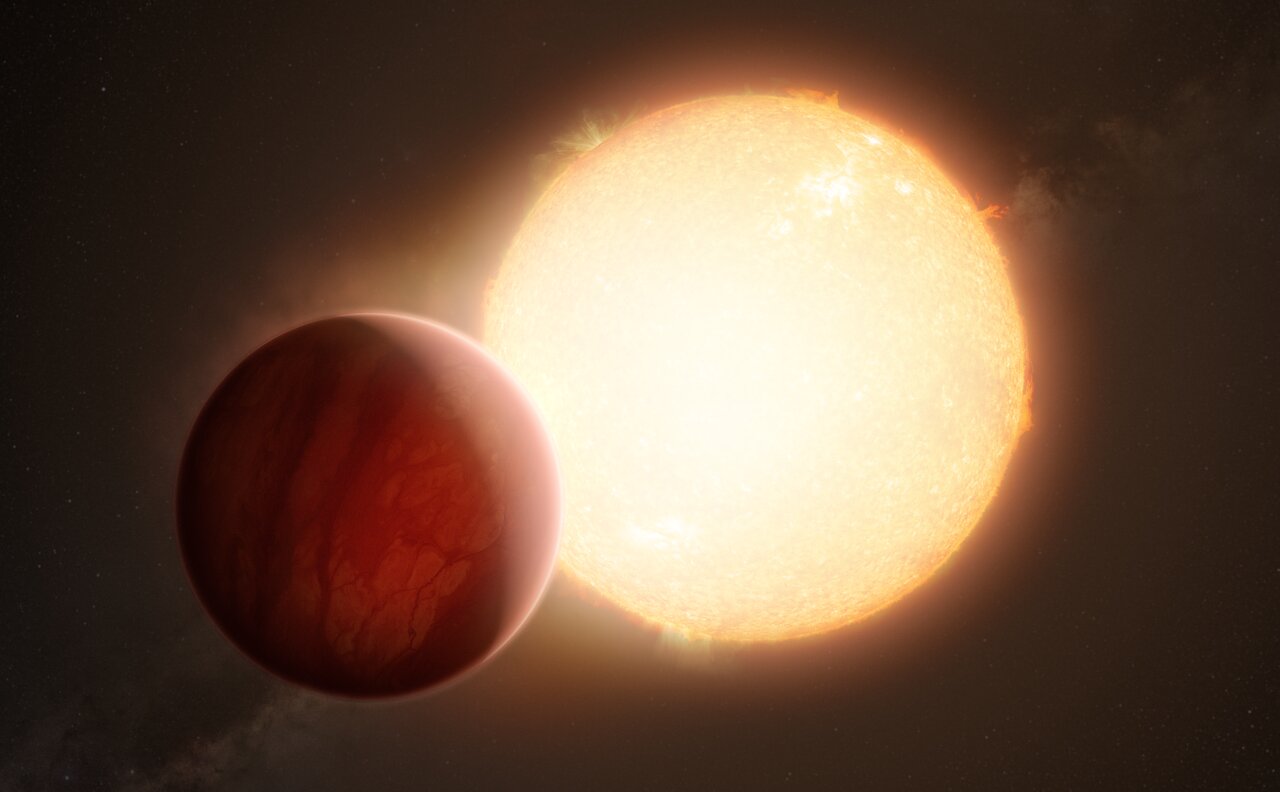
Continue reading
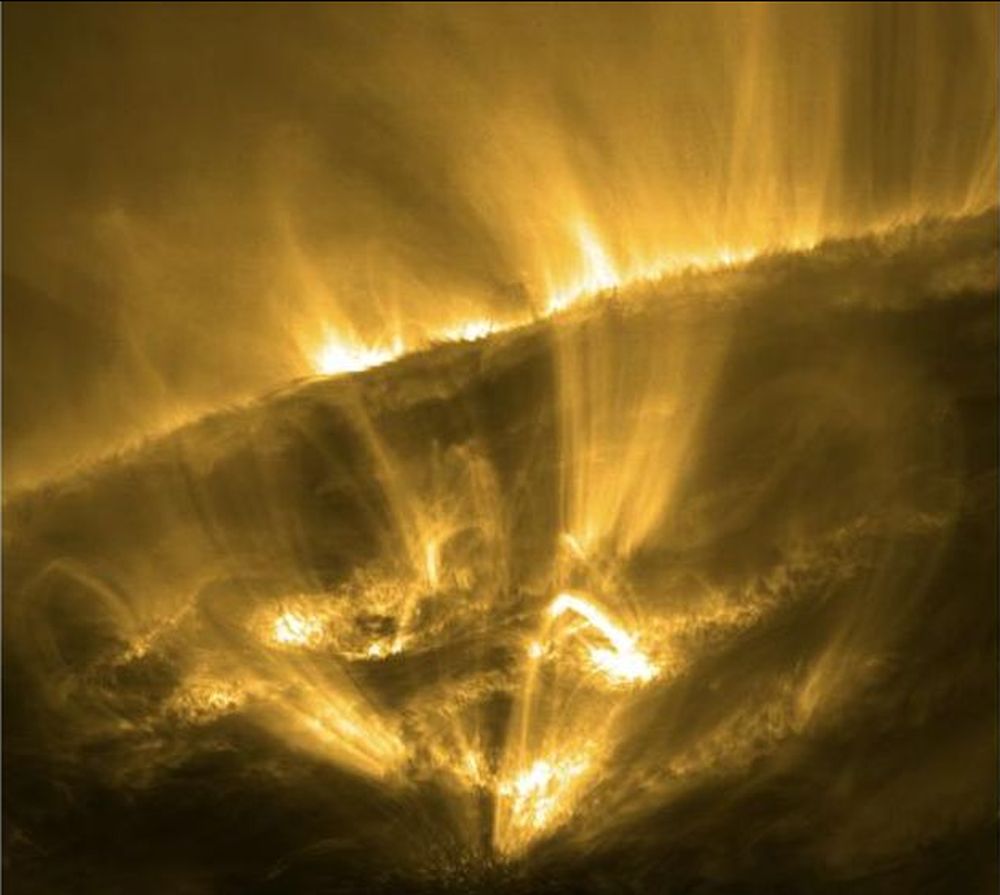
Continue reading
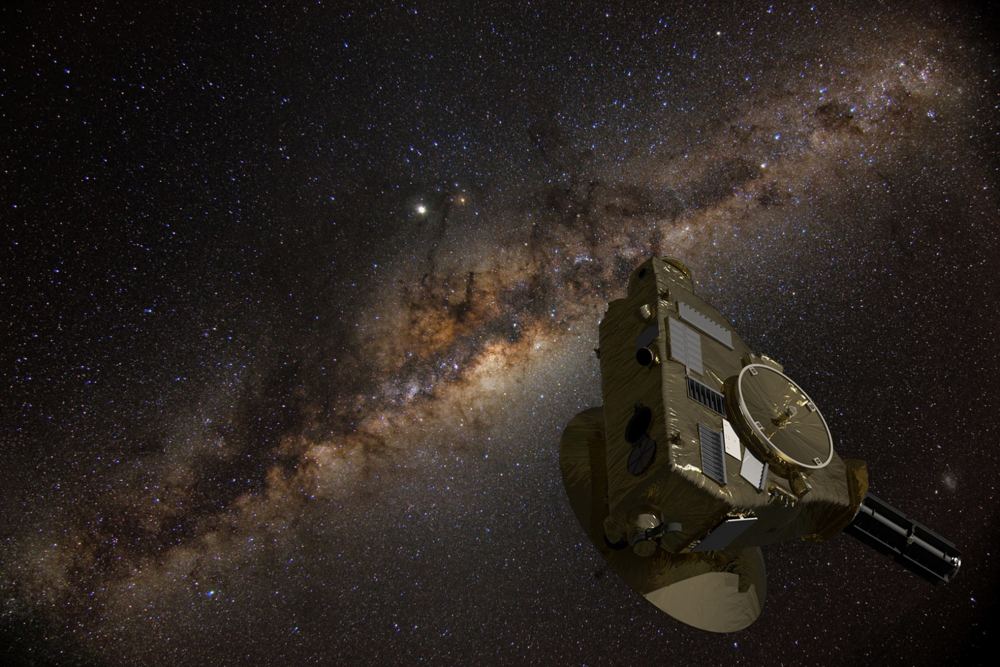
NASA's New Horizons Spacecraft has completed its flybys of Pluto and Arrakoth and is now about 8 billion kilometers from Earth. Although astronomers are looking for another Kuiper Belt target, they can send it towards; the spacecraft is perfectly positioned to look at the Universe itself. At such a great distance, the spacecraft is beyond the dust that causes light pollution in the inner Solar System, darker than the darker skies on Earth. This unique vantage point will measure just how dark the Universe is.
Continue reading
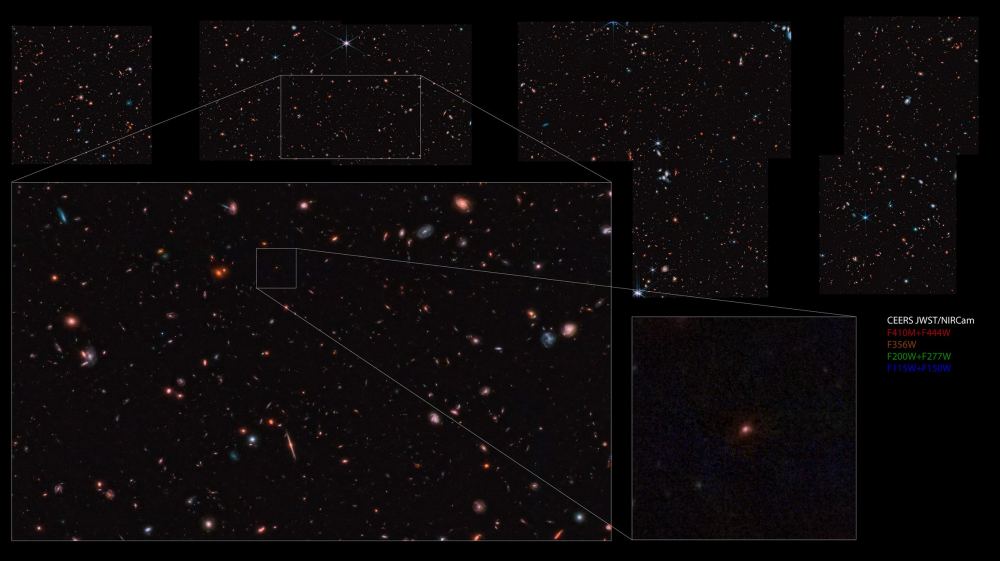
Astronomers have confirmed the age of Maisie's galaxy, which existed when the Universe was just 390 million years old, making it one of the earliest ever seen.
Continue reading
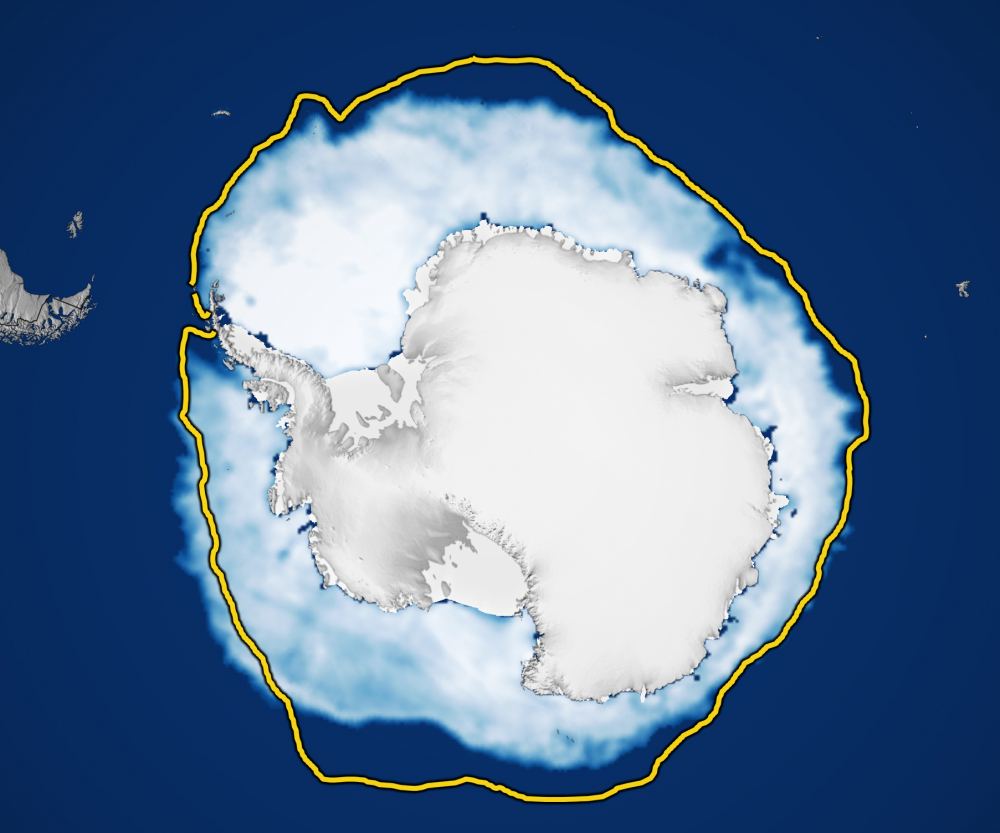
Continue reading
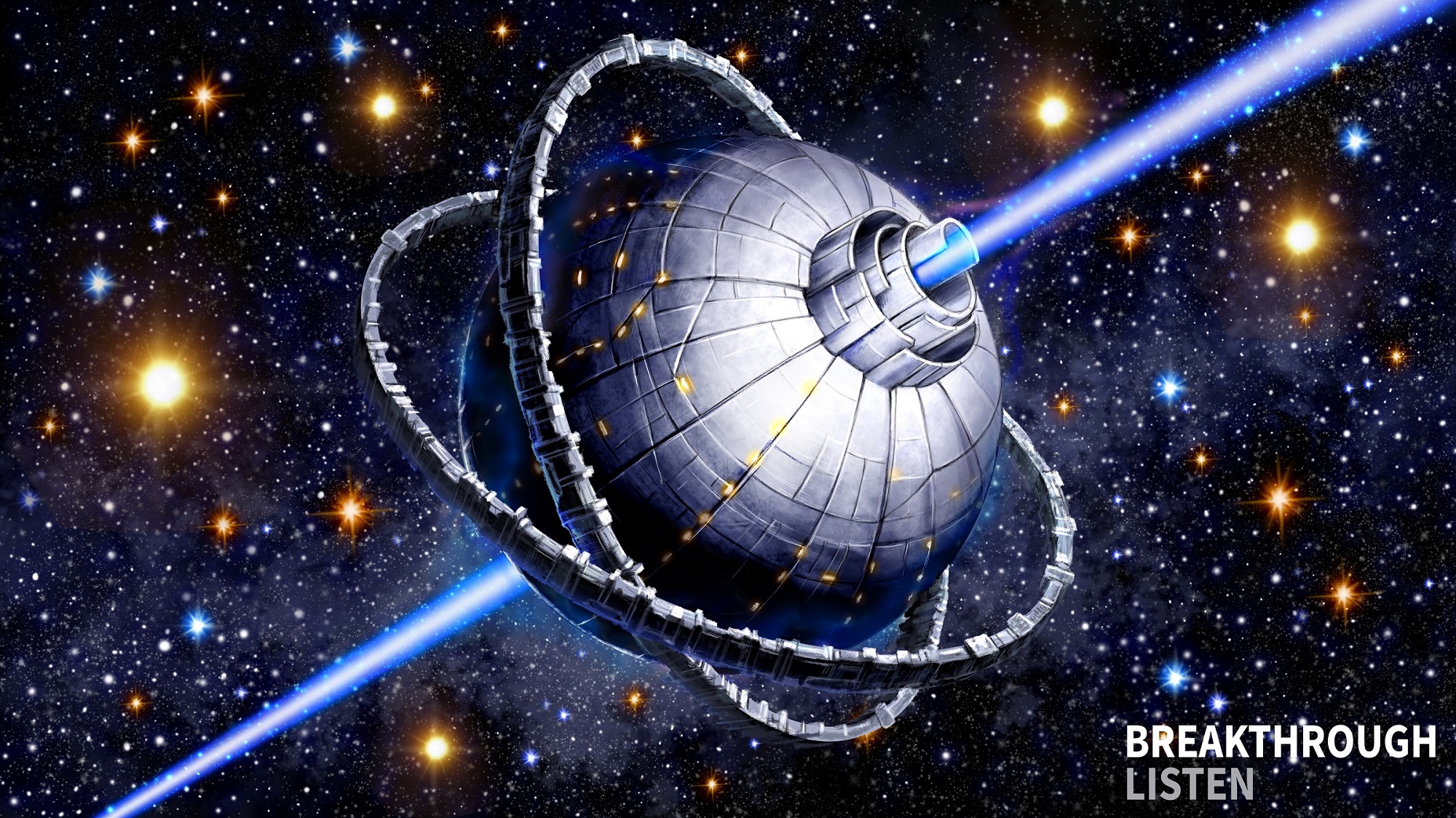
This year's Penn State SETI Symposium provided a good rundown of the field and the kinds of studies scientists will be able to do in the near future.
Continue reading

Continue reading
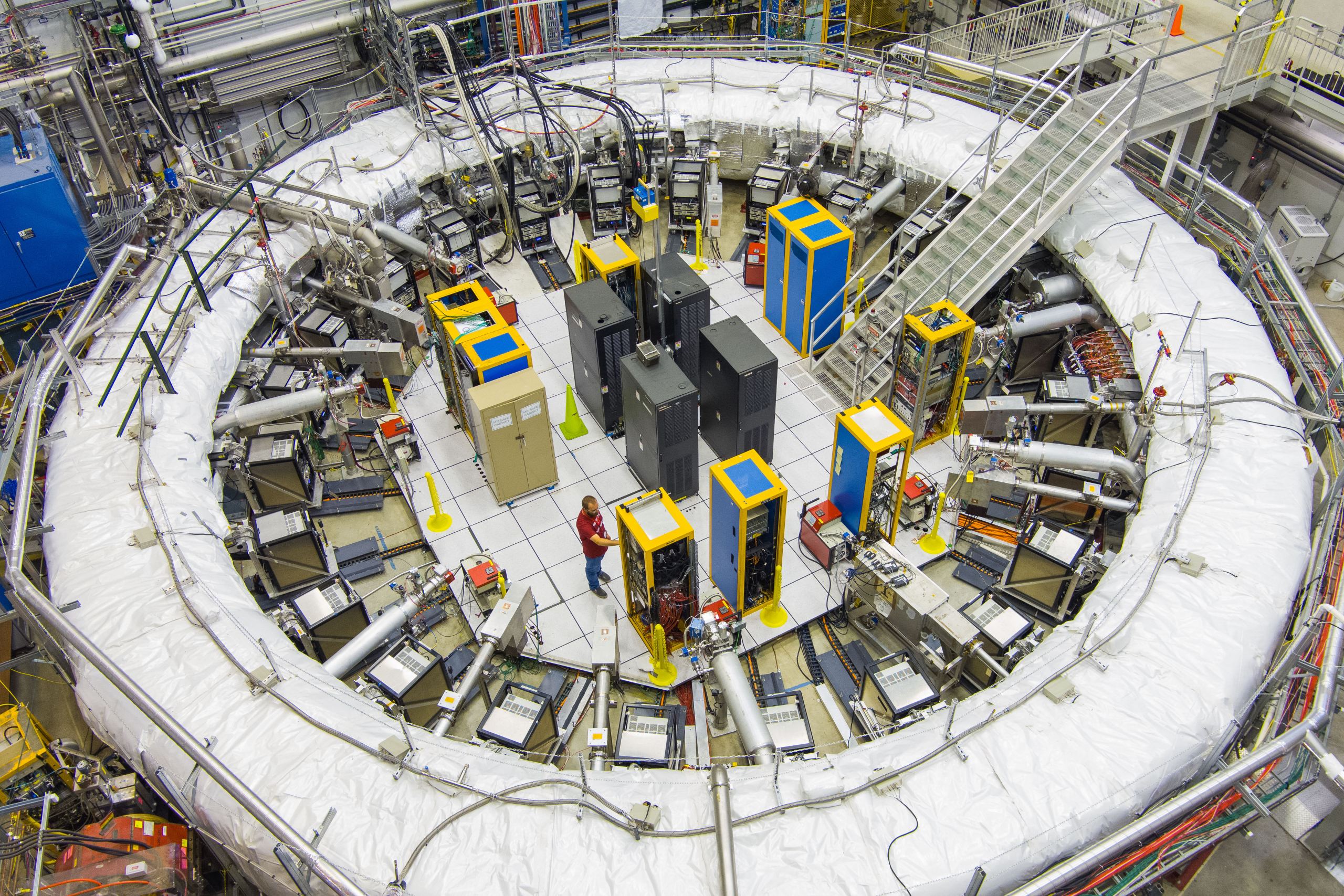
The results from the first three years of Muon g-2 experiment at Fermilab provide further evidence for the existence of physics beyond the Standard Model.
Continue reading
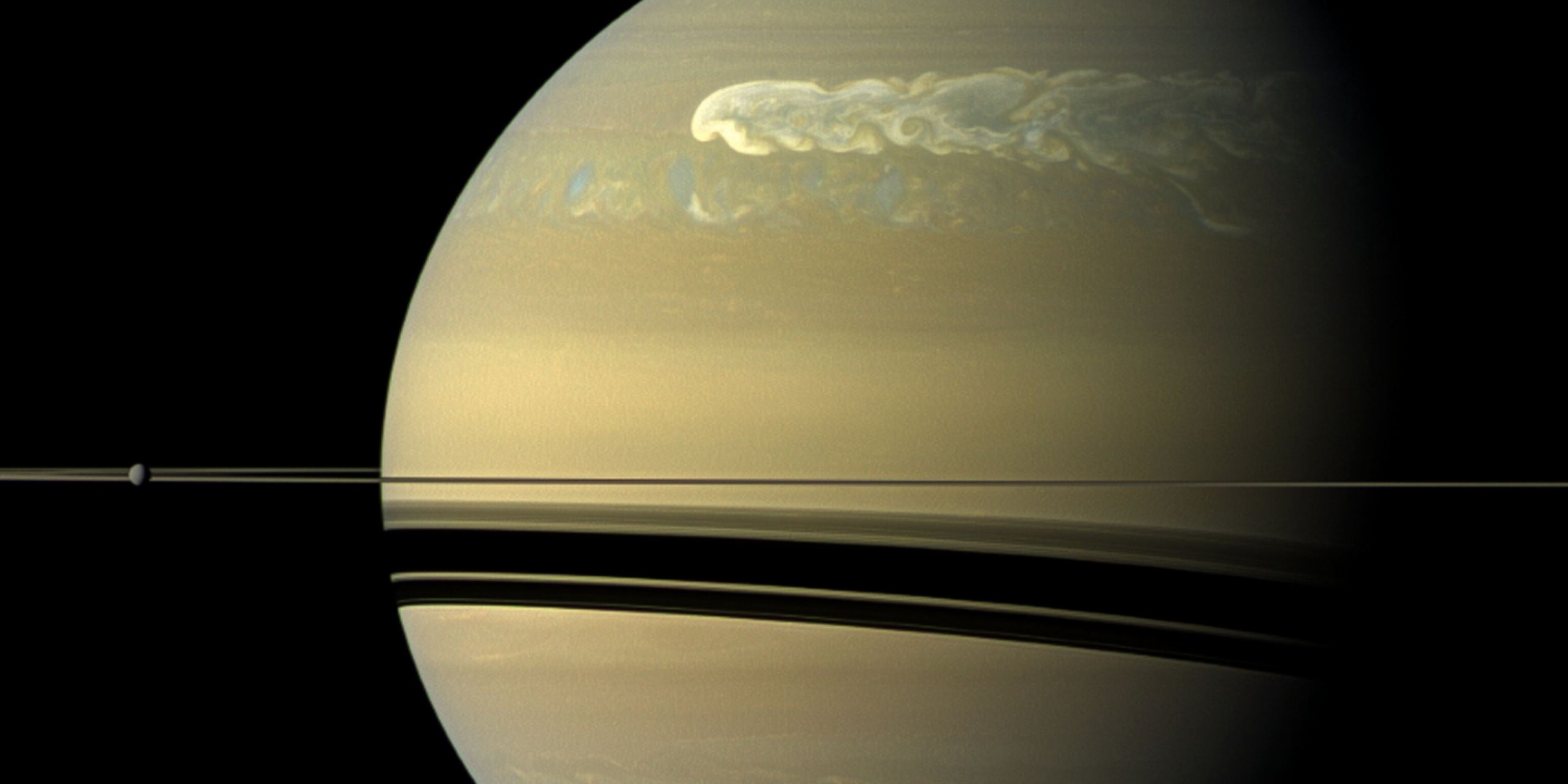
While Jupiter has the famous Great Red Spot cyclonic storm, the other giant planets have less turbulent-looking surfaces. But they do have mighty storms all their own. According to a new study, mega-storms on Saturn can flare up every 20-30 years and have long-lasting effects that persist for centuries. The astronomers looked at Saturn's radio emissions and mapped the ammonia gas distribution. They found that the storms churn up this gas and can be used to trace when storms happened in the past.
Continue reading
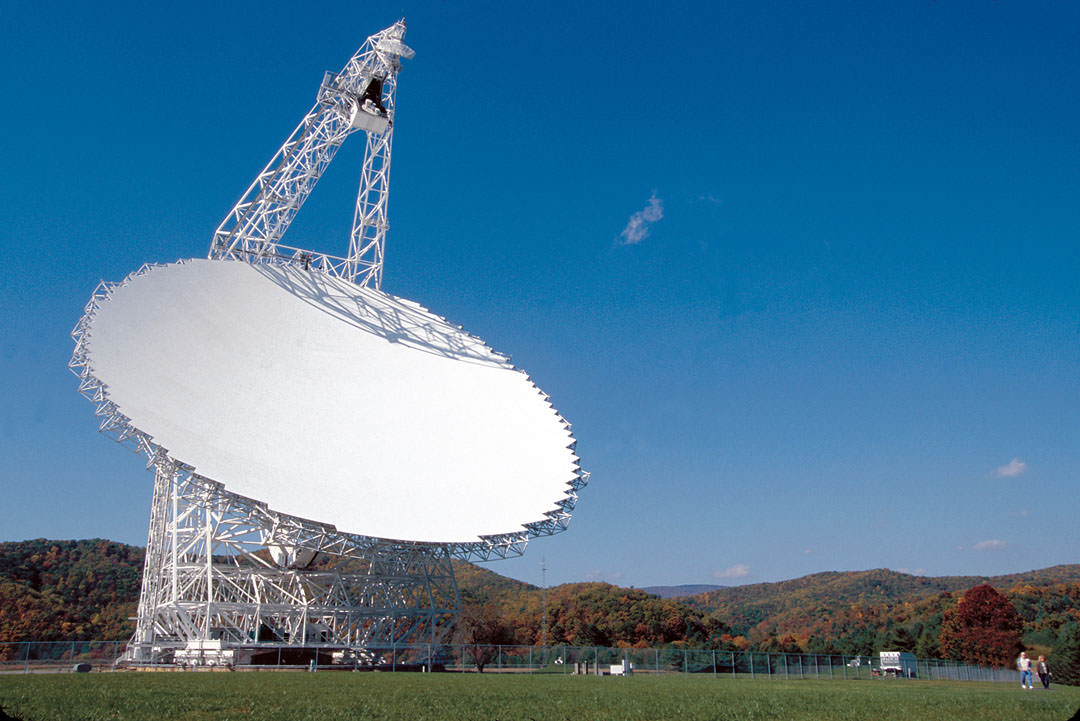
Continue reading

Continue reading
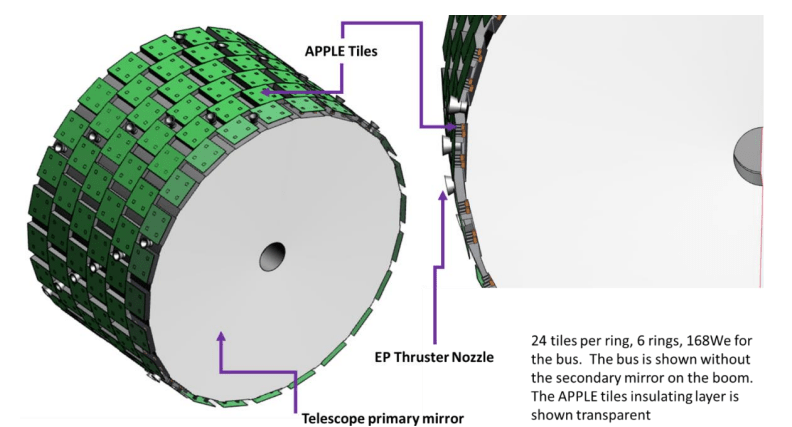
Continue reading
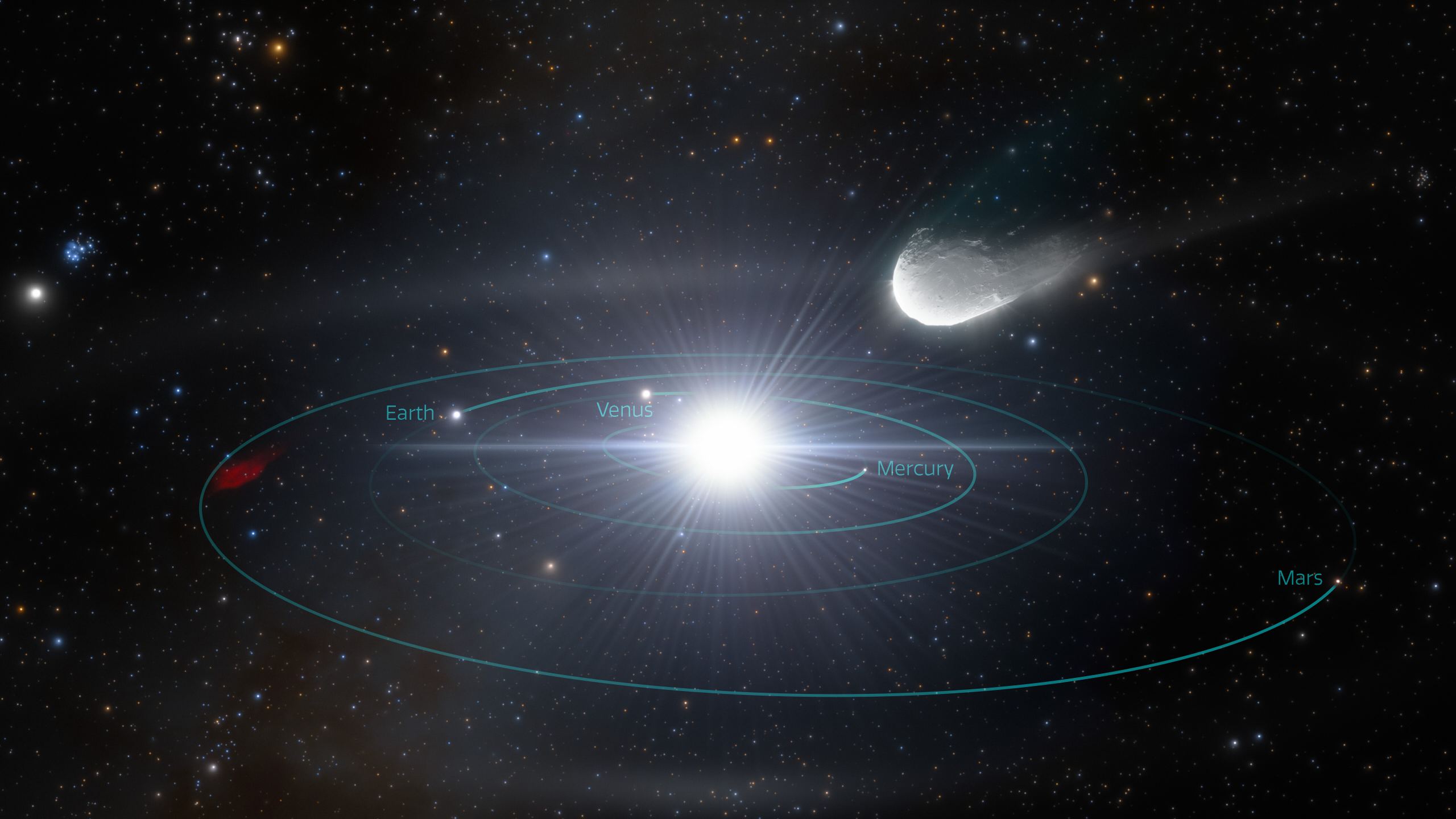
Astronomers have discovered two interstellar objects, Oumuamua and 2I/Borisov. When the Vera C Rubin Observatory comes online next year, it'll scan the entire southern sky every few nights, revealing thousands of comets and asteroids. Some fraction of these will be interstellar objects, passing briefly through the Solar System. It's estimated that Vera Rubin will discover dozens of interstellar objects, some of which might make the perfect targets for an interceptor mission.
Continue reading
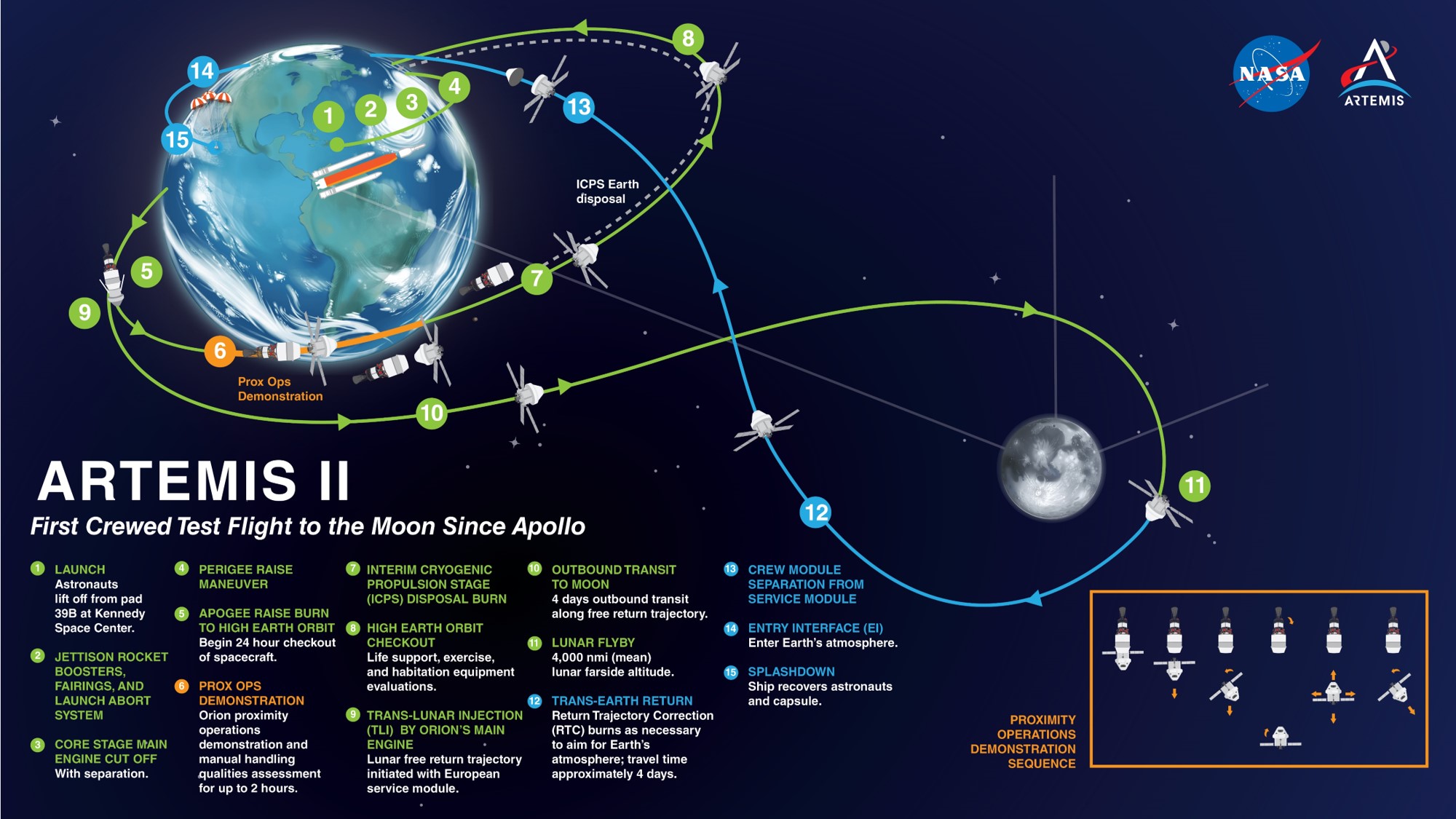
A team of scientists calculated the orbital trajectory for a spacecraft that will make regular trips between the Earth and Moon in the near future.
Continue reading
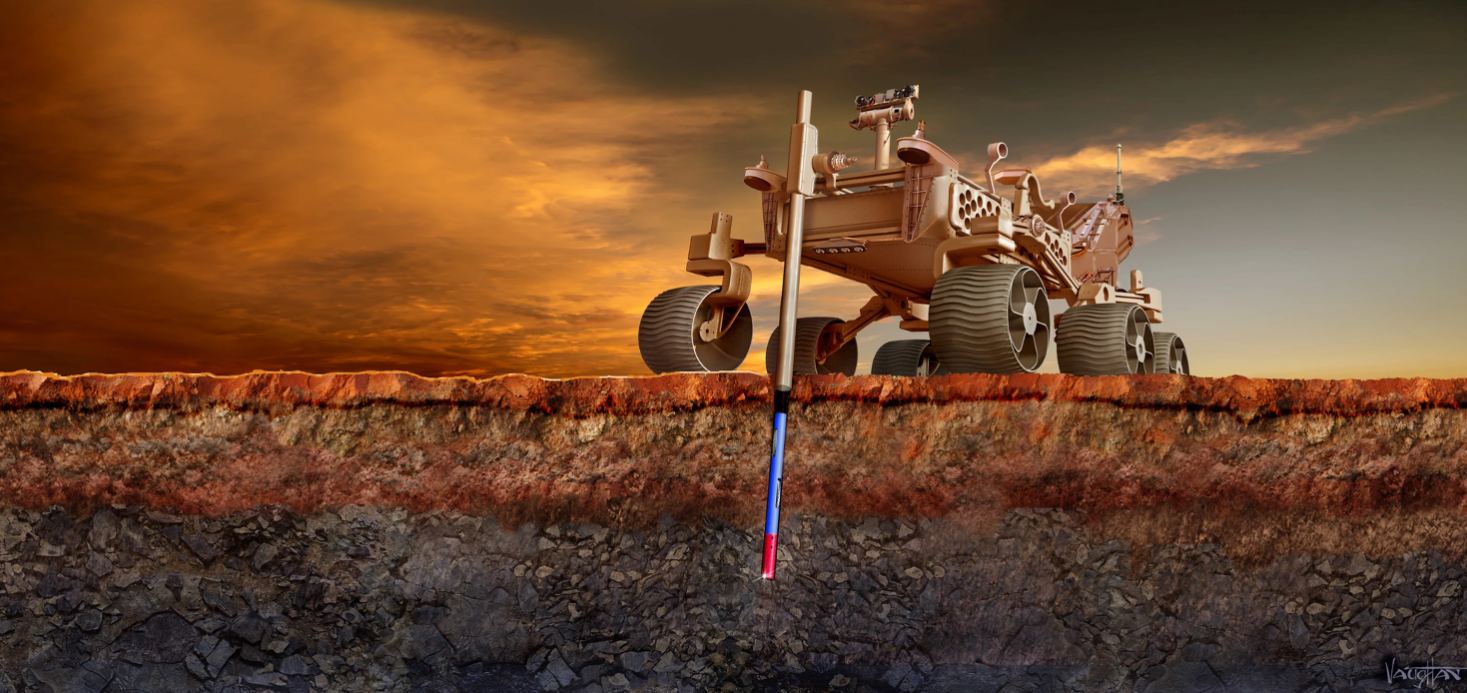
Continue reading
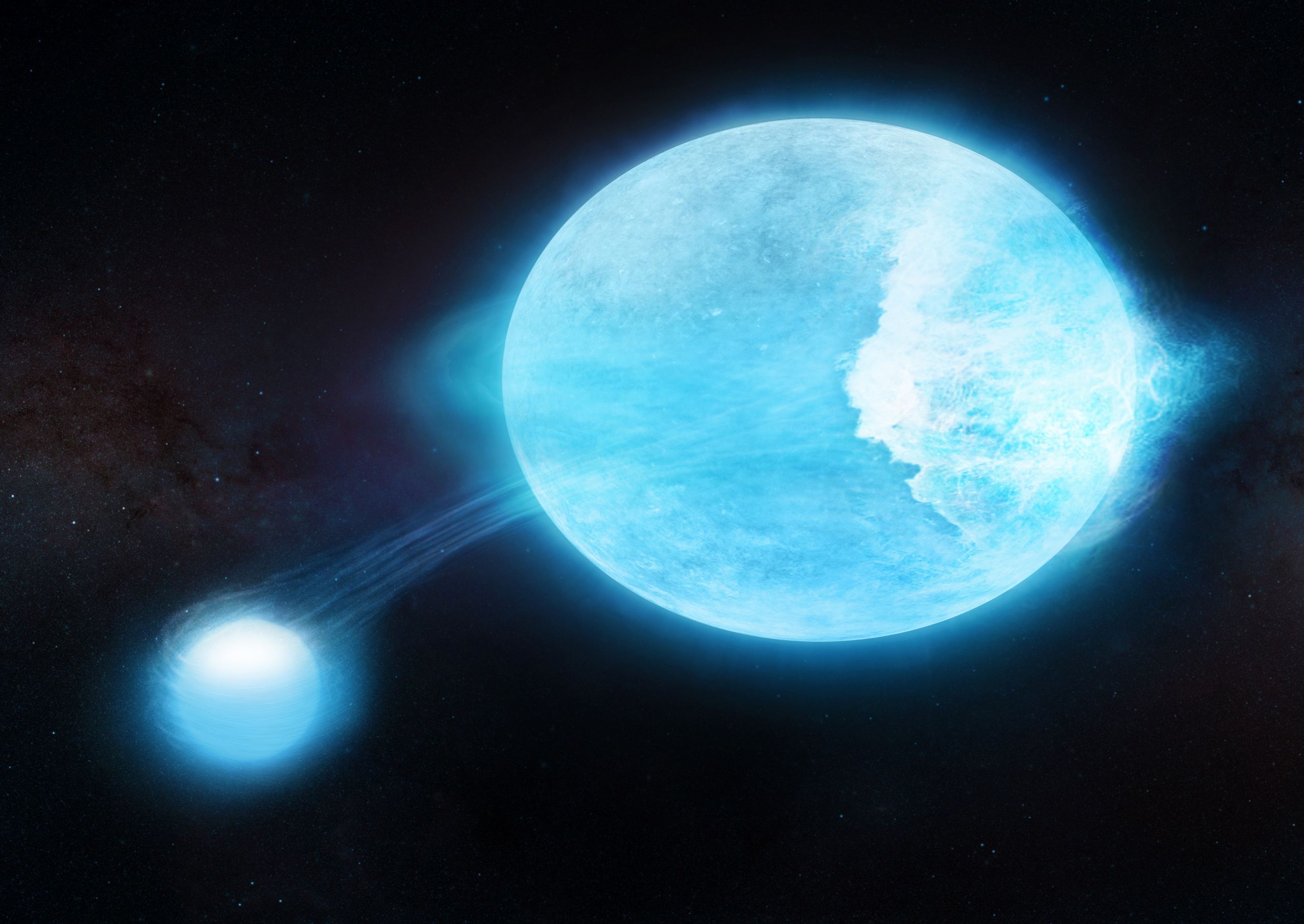
Although the surface of a star seems quite different from the ocean, the underlying effect of gravity can create similar conditions. One type of star is known as a "heartbeat star," where a binary system interacts with one another, generating enormous stellar tides from their mutual gravity. In one extreme system, the gravitational effect is 200 times larger than any heartbeat star seen before. An enormous wave is generated across the star as its binary companion approaches. Like ocean waves, these waves break, crashing down onto the star's surface.
Continue reading
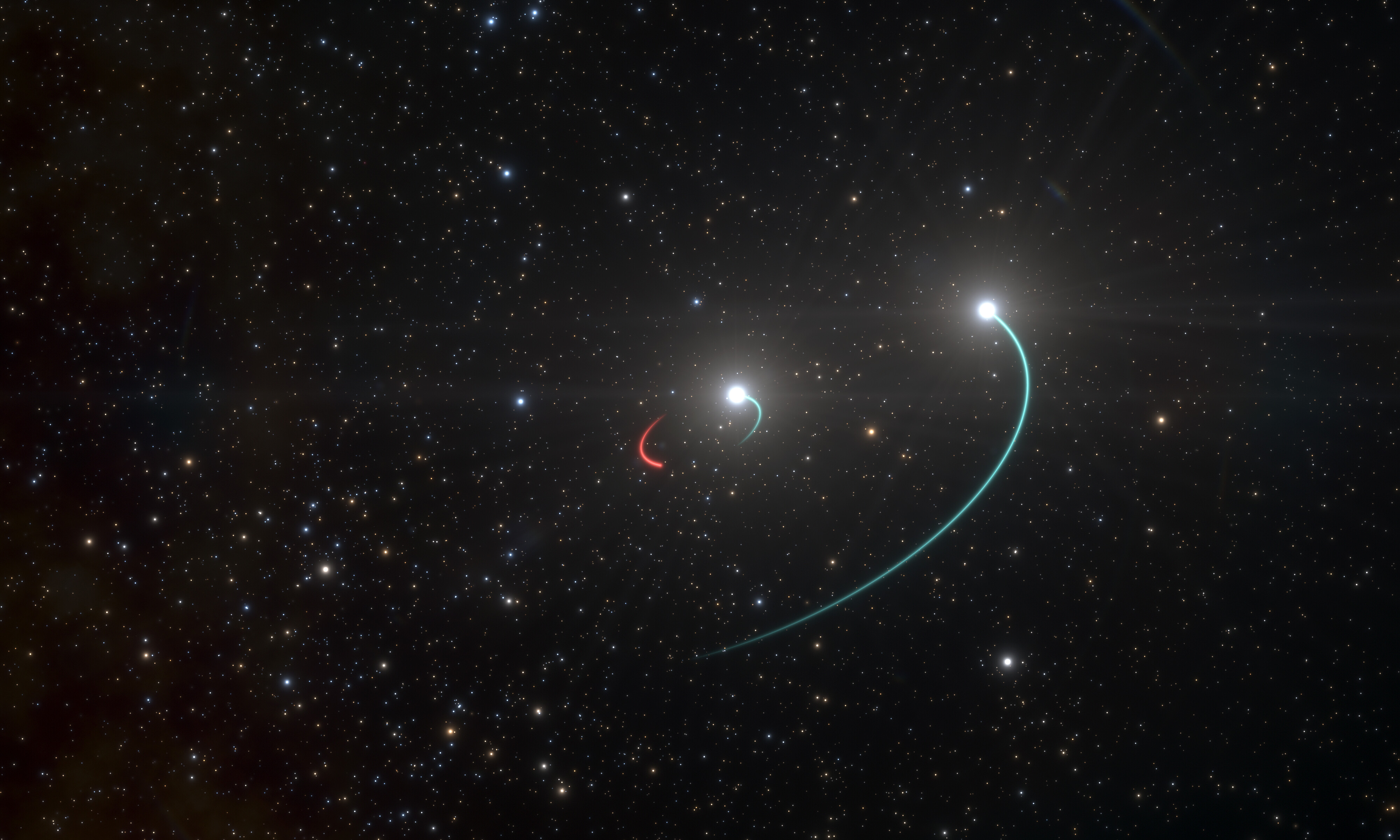
Scientists have observed a rare quadruple star system in formation, revealing new insights into how multi-star systems form.
Continue reading
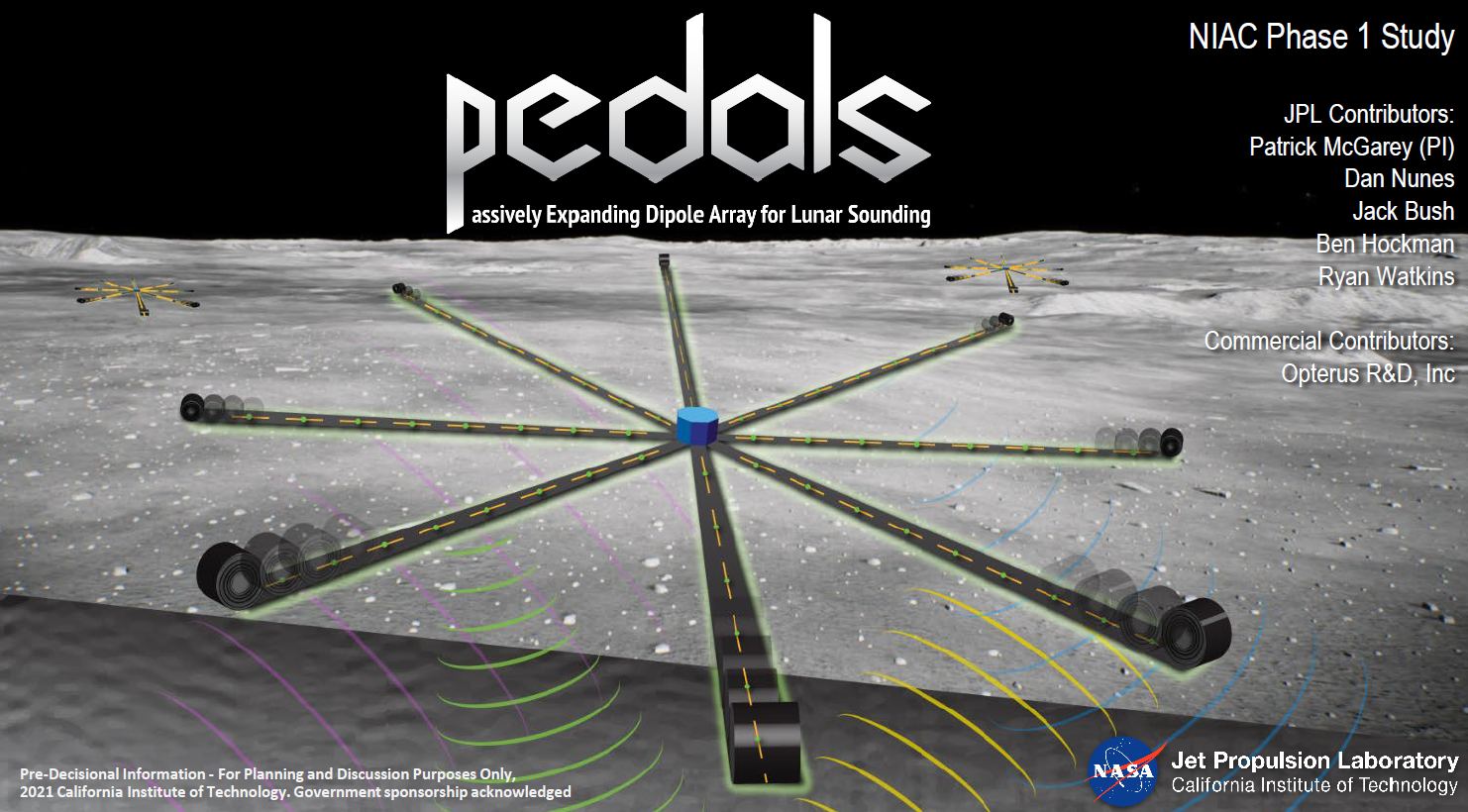
Continue reading
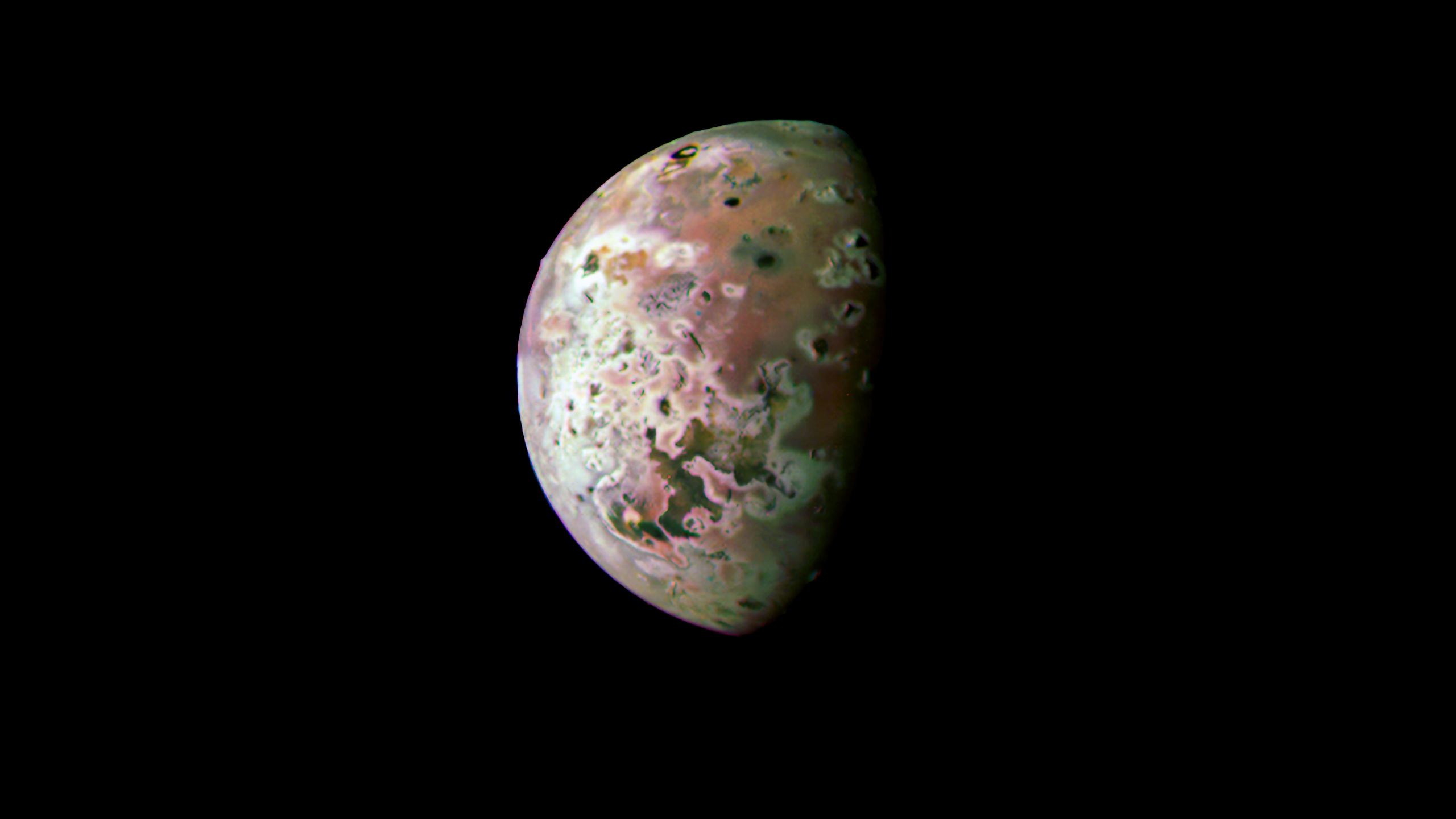
The Juno made its closest pass to Io, Jupiter's volcanic moon, and snapped some stunning images of an eruption on its surface.
Continue reading
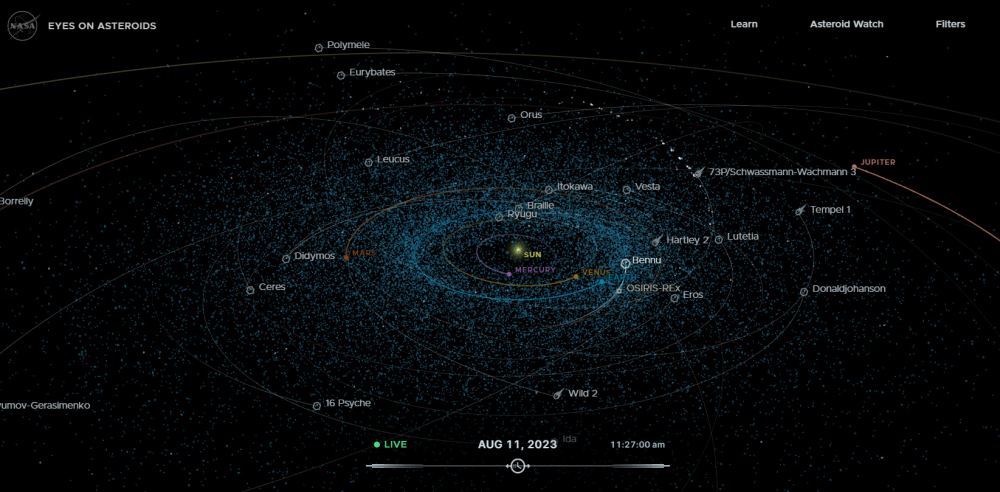
Continue reading




















